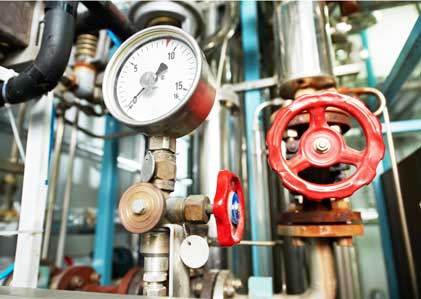How to Become an Automotive HVAC Tech
Although automotive HVAC technicians can find employment with minimal formal training, obtaining a certificate of completion, diploma, or degree from an accredited institution can significantly increase job opportunities and pay.
Step 1: Obtain a high school diploma or GED (four years).
Aspiring technicians need to focus on developing their mechanical, computer, and electronics abilities. Shop classes, especially those designed to develop automotive repair skills, are highly recommended. Science, math, and communication classes are also helpful. Internships or part-time jobs in automotive shops provide a foundation in the basics.
Step 2: Seek further education and training (several months to four years).
Automotive HVAC technicians should then obtain further on-the-job training and gain a more complete understanding of the job requirements while increasing their technical skills. They can enroll in formal training programs at community colleges, trade schools, or colleges. Techs should expect to receive hands-on-training and classroom lectures in coursework such as:
- Job safety practices
- Starting and charging automotive HVAC systems
- Automotive HVAC equipment and systems
- HVAC electronics
- Automotive and HVAC diagnostic tools and software
- Dynamics of airflow
- Fluid dynamics
- Federal and state codes and regulations
Depending on personal goals and institutions selected, students can earn certificates in a few months to four-year degrees. They should look for institutions that are accredited by the ASE Education Foundation (ASE Education is the combination of two former accrediting bodies, the National Automotive Technicians Education Foundation (NATEF) and Automotive Youth Educational Systems (AYES).)
Step 3: Obtain industry certifications and continuing education (timelines vary).
Technicians improve their employability by obtaining industry certifications, such as safety training and the following:
- Automotive Service Excellence – ASE certifications are the industry standard. They are divided into eight core groups, one of which is A7 heating and air conditioning. Technicians who achieve certification in more than one group and meet work experience requirements can earn the master mechanic certification, significantly increasing their employability.
- Manufacturers – Car makers offer training programs and certifications for servicing their vehicles. Parts manufacturers also offer programs for installing and servicing their products.
- Section 609 refrigerant recovery – The Environmental Protection Agency (EPA) requires all automotive HVAC technicians to be trained and certified in safe refrigerant handling.
- Society of Automotive Engineers (SAE) – The SAE offers several training programs and related certifications for automotive technicians.
Every year, new car models are released, and with each new model come updated features and components, including climate control. Technicians are expected to stay up-to-date on these changes. Climate control often affects vehicle mileage, and technicians must be aware of complying with ever-changing mileage and emission regulations. Continuing education is essential to ensuring compliance.
Step 4: Obtain licensing (timeline varies).
Certification is not the same as licensing. Licensing requirements vary by state and position. Most do not apply to technicians who are employed by licensed companies. Self-employed technicians must ascertain which requirements, if any, apply to them.



